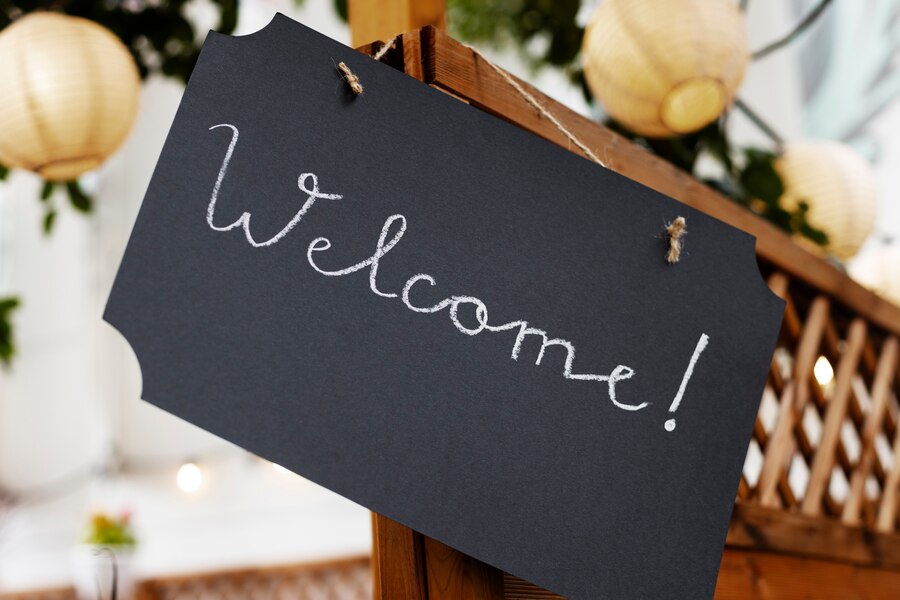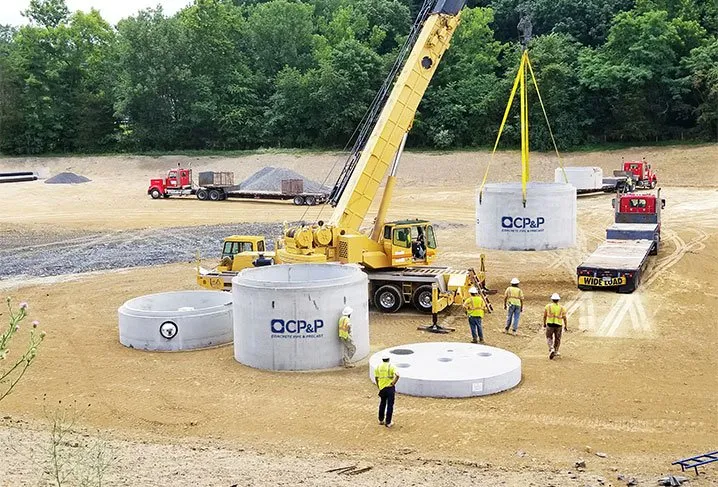A welcome sign is more than just a decorative piece placed at the entrance of homes, businesses, or events. It serves as a symbol of hospitality, warmth, and positive first impressions. Whether used for personal spaces, commercial purposes, or community events, a well-crafted welcome sign can communicate a sense of belonging and create a lasting impact.
History and Evolution of Welcome Signs
The concept of welcome signs dates back centuries, where symbols and inscriptions were used to greet guests and visitors. In ancient times, engraved stones and wooden plaques were commonly used outside dwellings to express a message of hospitality. Over time, the design and purpose of welcome signs have evolved, incorporating modern materials and creative artistry while maintaining their original intent of making people feel invited.
Types of Welcome Signs
Welcome signs come in various types, each catering to different settings and preferences:
- Home Welcome Signs: Often crafted from wood, metal, or chalkboard, these signs are placed at doorways or gardens to greet guests warmly. They can be personalized with family names, inspirational quotes, or seasonal themes.
- Business Welcome Signs: Used at storefronts, lobbies, or office entrances, business welcome signs can be professional and brand-centric. They help create a positive first impression for clients and customers.
- Event Welcome Signs: Commonly used for weddings, parties, and conferences, these signs often feature elegant designs matching the event’s theme and provide helpful information like directions or schedules.
- City and Community Welcome Signs: These large-scale signs are positioned at city borders or neighborhood entrances, showcasing community pride and identity. They often include the town’s name, motto, or historical elements.
Materials Used for Welcome Signs
The choice of material affects the durability, appearance, and suitability of a welcome sign. Some commonly used materials include:
- Wood: Classic and rustic, ideal for home and wedding welcome signs.
- Metal: Durable and weather-resistant, commonly used for business and city welcome signs.
- Chalkboard: Versatile and easily customizable, often seen at events and cafes.
- Acrylic and Glass: Modern and sleek, suitable for contemporary spaces and professional events.
Design Elements of an Effective Welcome Sign
A successful welcome sign should be visually appealing and easy to read. Key design elements include:
- Typography: Clear and legible fonts ensure the message is easily understood.
- Color Scheme: Harmonizing colors that align with the environment or brand.
- Imagery: Floral patterns, motifs, or logos can enhance visual interest.
- Size and Placement: Proper sizing and strategic placement enhance visibility and impact.
DIY Welcome Sign Ideas
Creating a personalized welcome sign can be a fun and rewarding project. Here are some ideas:
- Hand-Painted Wooden Signs: Use reclaimed wood and acrylic paint for a rustic look.
- Seasonal Wreath Signs: Combine a circular wreath with a customizable sign for a festive touch.
- Chalkboard Welcome Boards: Perfect for frequently changing messages and events.
Benefits of Using Welcome Signs
- Creates a Positive First Impression: A thoughtfully designed welcome sign sets a welcoming tone for visitors.
- Enhances Curb Appeal: Outdoor welcome signs can add charm and character to a home or business.
- Conveys Personal Style: Customizable welcome signs reflect the homeowner’s or business’s personality and taste.
- Practical Information: Event welcome signs can guide guests with essential details and directions.
Conclusion
A welcome sign is a timeless element that blends functionality with aesthetics. Whether it’s a charming wooden plaque at a home’s entrance or a grand city sign welcoming travelers, these signs play a significant role in fostering positive experiences. By choosing the right materials, design, and placement, a welcome sign can leave a memorable mark on all who pass by.
also read this Kennedy Funding Ripoff Report: Full Details and Analysis










